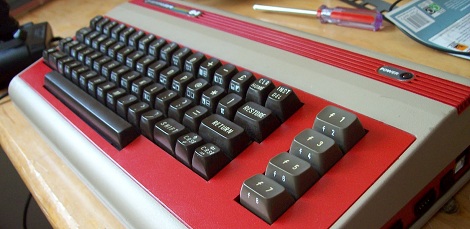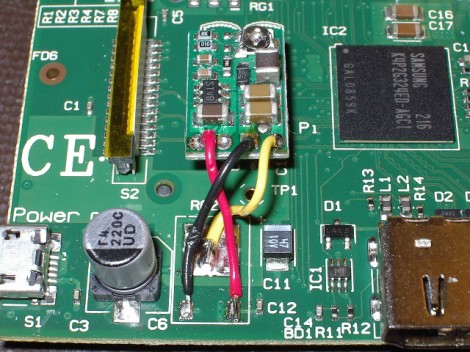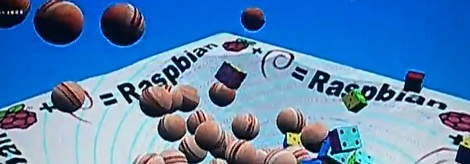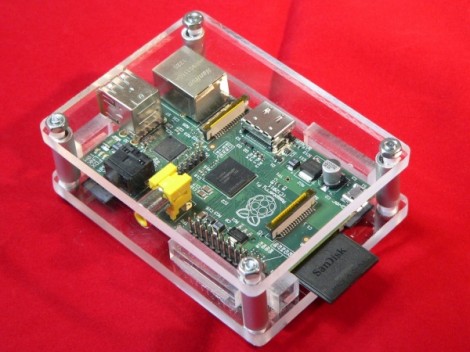
We knew this wouldn’t take long. [David] sent a high altitude balloon into the upper atmosphere last weekend using a Raspberry Pi as the brains of the payload.
[David]’s payload consisted of a Raspberry Pi, natch, with a Logitech webcam, GPS receiver, and six AA batteries wired into a LDO regulator with a monstrous heat sink to keep everything in the EPX foam enclosure relatively warm in the frigid rarefied air of near space.
A high altitude balloon isn’t much fun without some real-time data coming down from the upper atmosphere, so [David] used a Radiometrix NTX2 transmitter module (anyone know of an equivalent part for the USA?) that transmits a measly 10 milliwatts. Even though the transmitter has an ‘official’ range of 500 meters, [David] got word of image data being received in Northern Ireland, over 500 km away.
We’re pretty impressed with [David]’s flight – and the fact that his flight is now 12th place on the list of UK balloon altitude records – but now we’re wondering what could be done with another Raspi flight to near space. [David] had a lot of computing horsepower up there, enough to get images from a webcam and send them down to earth. Now we’re wondering what else could be done with a Raspberry Pi in space.
You can check out the GoPro video of the very fast decent after the break, or check out the received images on [David]’s Flickr.
















